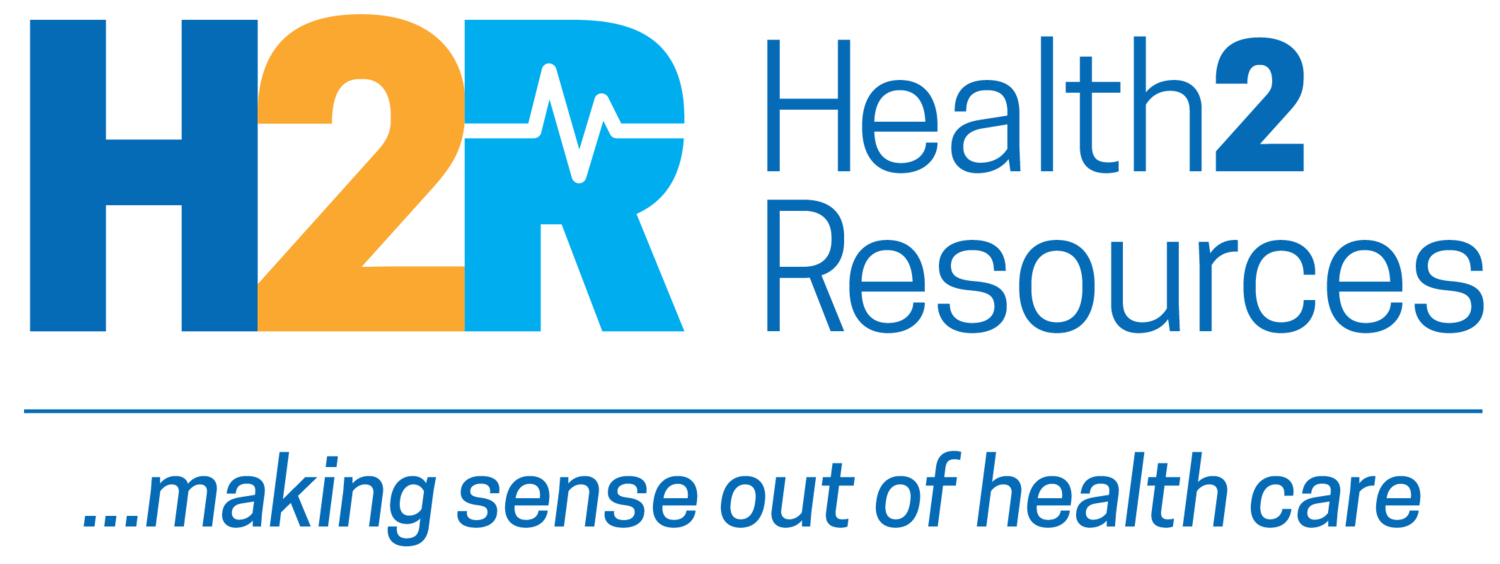February 13, 2020 | Who's telling the truth?
INDUSTRY NEWS
Surveillance-based health care strategy
By looking at 10 startups acquired by Google parent Alphabet, Stat identified a common theme: surveillance. “What appears to unite those acquisitions is a strategy focused on massive data gathering and surveillance—both in people’s homes, using devices like speakers and smart thermostats, and on their bodies, using smartwatches.” (Stat)
One insurer spent $5.5B on low-value services
In an analysis of claims from a major U.S. health insurer for 2015, researchers found that for the privately insured population, an estimated $5.5 billion was spent on 20 services that were of little to no value to members. The research, conducted by Altarum, was funded by PhRMA. Among the services: unnecessary Pap tests, routine Vitamin D testing and antibiotics for colds. Other findings: Those who live in the North and Southeast are more likely to receive a low-value health care service than those living in Western and Midwestern states. (Modern Healthcare; research brief)
INNOVATION & TRANSFORMATION
Docs increasing use of digital tools
Significantly more physicians are using emerging health technology than were using them just three years ago, a new AMA survey finds. The largest growth was in tele/virtual visits: Physician adoption doubled from 14% in 2016 to 28% in 2019. Overall, the adoption of digital tools has grown among all physicians since 2016 when the AMA first benchmarked the integration of emerging health technology into clinical practice, the group said. (FierceHealthcare; survey summary)
PCPs are frustrated; which fixes will work?
Administrative hassles, paperwork, less time with patients—these are just some of the issues frustrating PCPs. “We’re being asked to do more with fewer resources and less time,” says Bruce Landon, an internist at Beth Israel Deaconess Medical Center. Moreover, fewer patients have a personal PCP—despite the fact that primary care has been shown to improve patient care. Something has to give. Proto magazine explores these issues—and the potential fixes—in depth, summarizing the situation this way: “Long the bedrock of medicine, the practice of primary care has been in need of a reinvention. Several models show promise. None of them will be cheap.” (Proto)
CONSUMERS & PROVIDERS
Health systems spent $2.5B on SDOH programs
U.S. health systems invested at least $2.5 billion in social determinants of health from 2017 to 2019, according to research published in Health Affairs. Spending was most focused on housing interventions ($1.6 billion) followed by employment ($1.1 billion). The researchers warn that “these investments still represent a small fraction of overall spending by health systems, which at present are much more likely to be developing screening and referral programs than directly investing in social determinants of health.” (Healthcare Dive; Health Affairs)
Primary care visits on decline
Primary care visits among commercially insured adults decreased 24.2% over nine years while specialist visits remained largely unchanged, according to a new report this week in the Annals of Internal Medicine. The study, based on insurance claims from January 2008 through December 2016, also showed the number of adults with no primary care visits in an entire year grew from 38.1% to 46.4% over the study period. What does this mean? “Our results suggest that this decline may be explained by decreased real or perceived visit needs, financial deterrents, and use of alternative sources of care,” researchers report. (Annals of Internal Medicine; Medscape Medical News)
NEW & NOTED
Who’s the real welfare cheat? Investigators believe the former head of Mississippi’s welfare agency, among others, stole at least $4 million in federal welfare money. (Associated Press)
No more tears? Using 4D printing, engineers have created tiny needles that mimic parasites that attach to tissues and could replace painful hypodermic needles, according to research published in Advanced Functional Materials. (Science Daily; Advanced Functional Materials)
Wondering who’s telling the truth? PolitiFact and Kaiser Health News have been fact-checking health care claims made by politicians and policymakers leading up to the November election. (KHN)
MULTI-MEDIA
Balancing doctor, patient interests
“How do physicians balance their own beliefs, values, and ethics with their oath, commitment, and obligation to help patients, and their professional codes of ethics, which instruct them time and again to put patient interests first?” That’s the question addressed in the recent edition of Medscape’s “Both Sides Now.” (Medscape)
MARKETVOICES...QUOTES WORTH READING
“The rise of the digital-native physician will have a profound impact on healthcare and patient outcomes, and will place digital health technologies under pressure to perform according to higher expectations.”—Jesse M. Ehrenfeld, MD, AMA board chair, in an announcement about the AMA’s survey on clinicians’ use of digital health tools.
